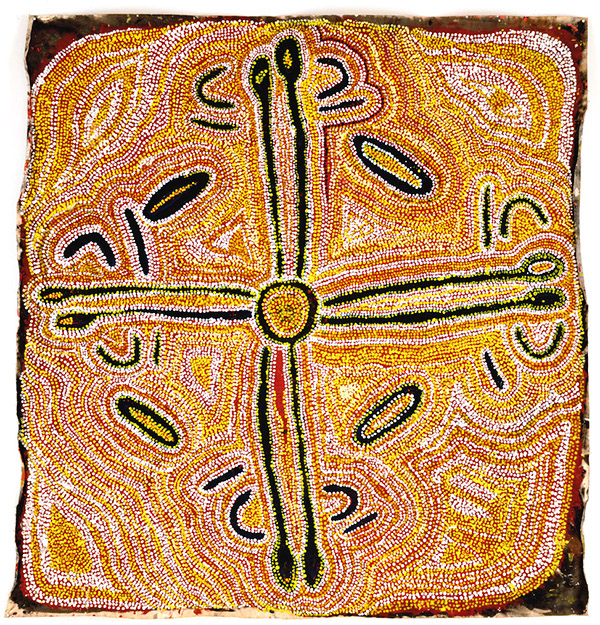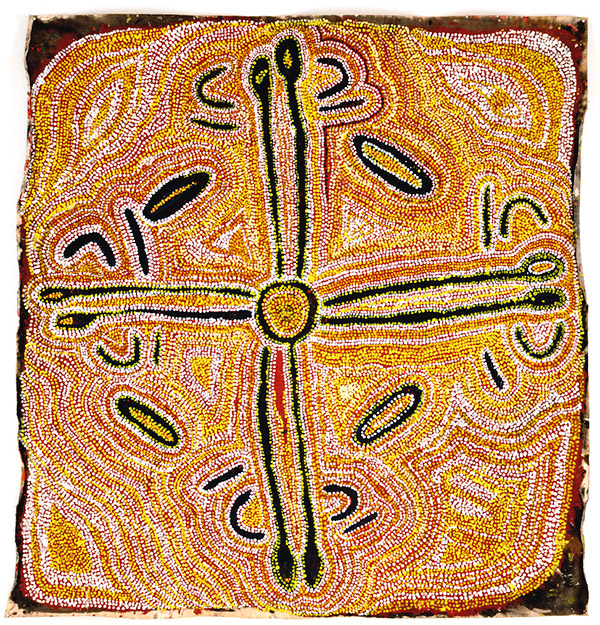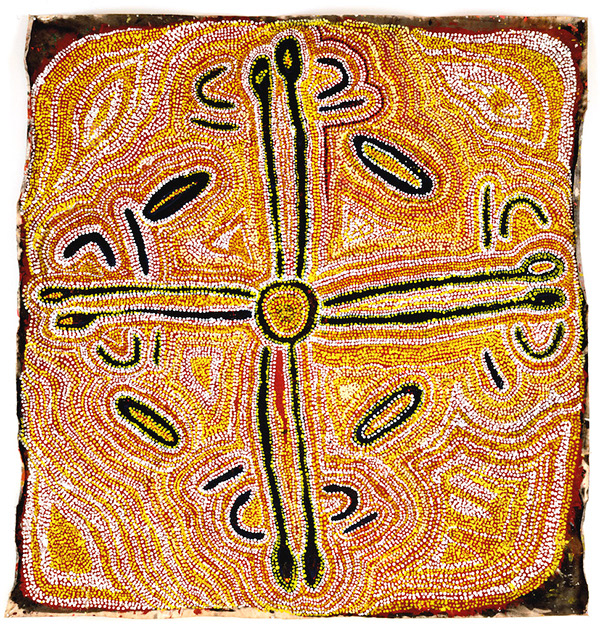
Barbara Glowczewski, Desert Dreamers, Univocal Publishing, 2016.
In the heart of Australia, on the cracked red earth, among wild vegetation, weathered bush, and dried-up creeks, hundreds of invisible pathways exist that become entangled on the earth's surface, underground, and in the sky, clouds, and wind. The Aboriginal people call them Jukurrpa: “the Dreamings.” This web is the Warlpiri land. Practicing the Dreaming, by ritual art, is for the Warlpiri a way to reactivate their ancestral traditions to connect with the cosmos and respond to current social and political issues.
In 1979, anthropologist Barbara Glowczewski embarked on a journey to study the Warlpiri in the Australian outback. Struggling at once to maintain their traditions and cultural heritage as well as adapting to the continuing secularization and techno-progress of their European Australian counterparts, she takes us into the landscape, artistic rituals, and turmoil of the Warlpiri over three decades. Becoming accepted among Aboriginal families as a translator, and at the same time a negotiator of two vastly different visions of the earth, contemporary Western culture and the ancient indigenous dreaming culture, Glowczewski created a singular document of ethnological fieldwork and of self-transformation and discovery.

Barbara Glowczewski, Devires Totêmicos — Cosmopolítica do Sonho / Totemic Becomings — Cosmopolitics of the dreaming, Trans. by Jamille Pinheiro with Abrahão de Oliveira Santos, n-1, 2015.
This book is a collection of various texts written by French anthropologist Barbara Glowczewski, including discussions with Guattari that took place in his seminar at the beginning of the 1980s. The reader is led to the creative mode in which Warlpiri people from Central Australia anchor their totemic cartography in dreams and constitute their nomadic existential territories through body paintings or ritual dancing. The author’s fascinating analysis and narratives establish connections with Deligny’s wander lines, Viveiros de Castro’s perspectivism and Guattari’s ecosophy as well as address most urgent cosmopolitical issues

Barbara Glowczewski is a French anthropologist, research director of the National Centre for Scientific Research in France (CNRS), member of the Social Anthropology Laboratory of the College de France and professor at the Ecole des Hautes Etudes en Sciences Sociales (EHESS). In Brazil, she is known for the coordination of the TransOceanik program at the Federal University of Santa Catarina (UFSC) and by offering courses in the Licenciaturas Indígenas program. To learn more, please visit this website.


No comments:
Post a Comment
Note: Only a member of this blog may post a comment.